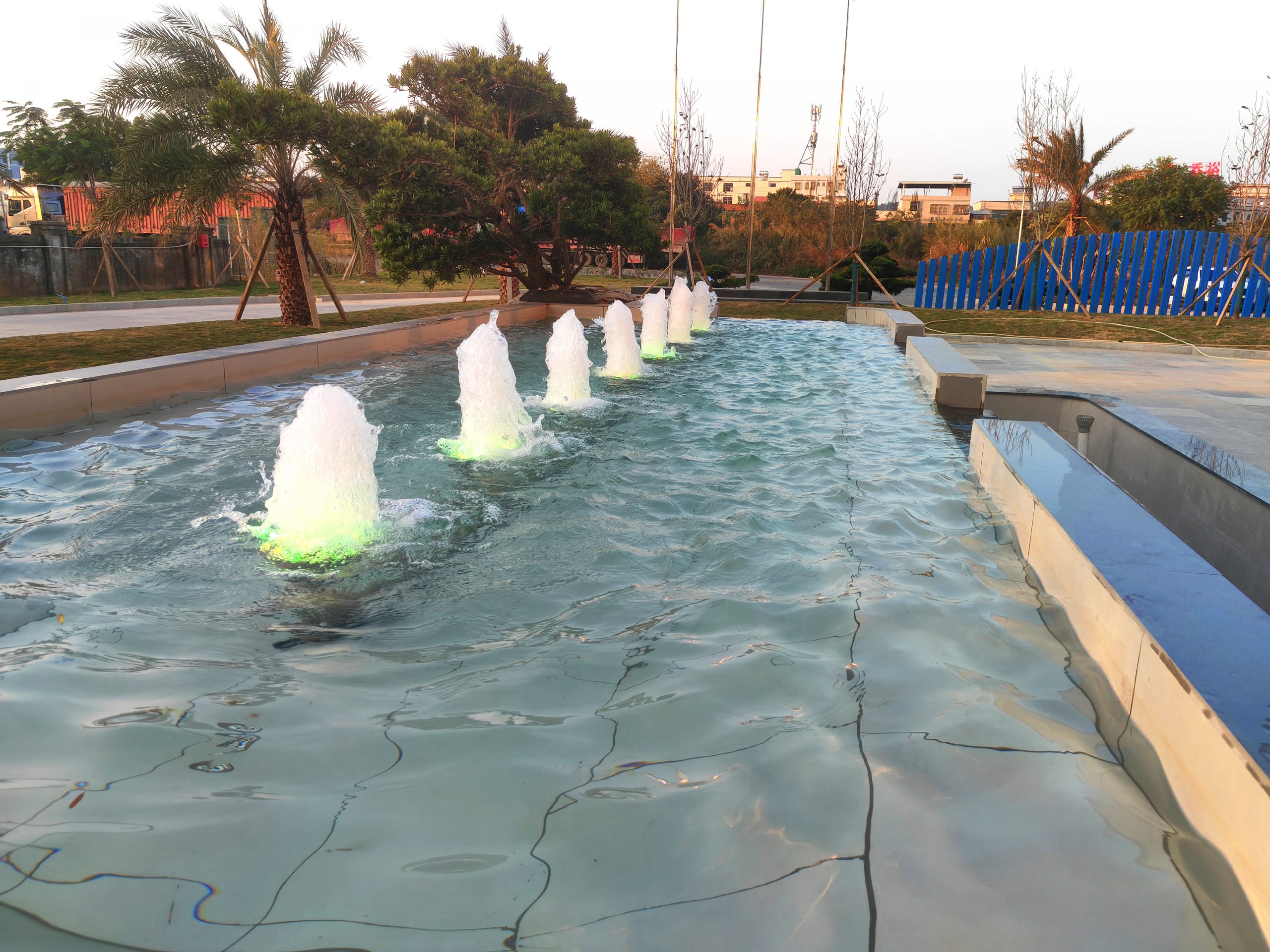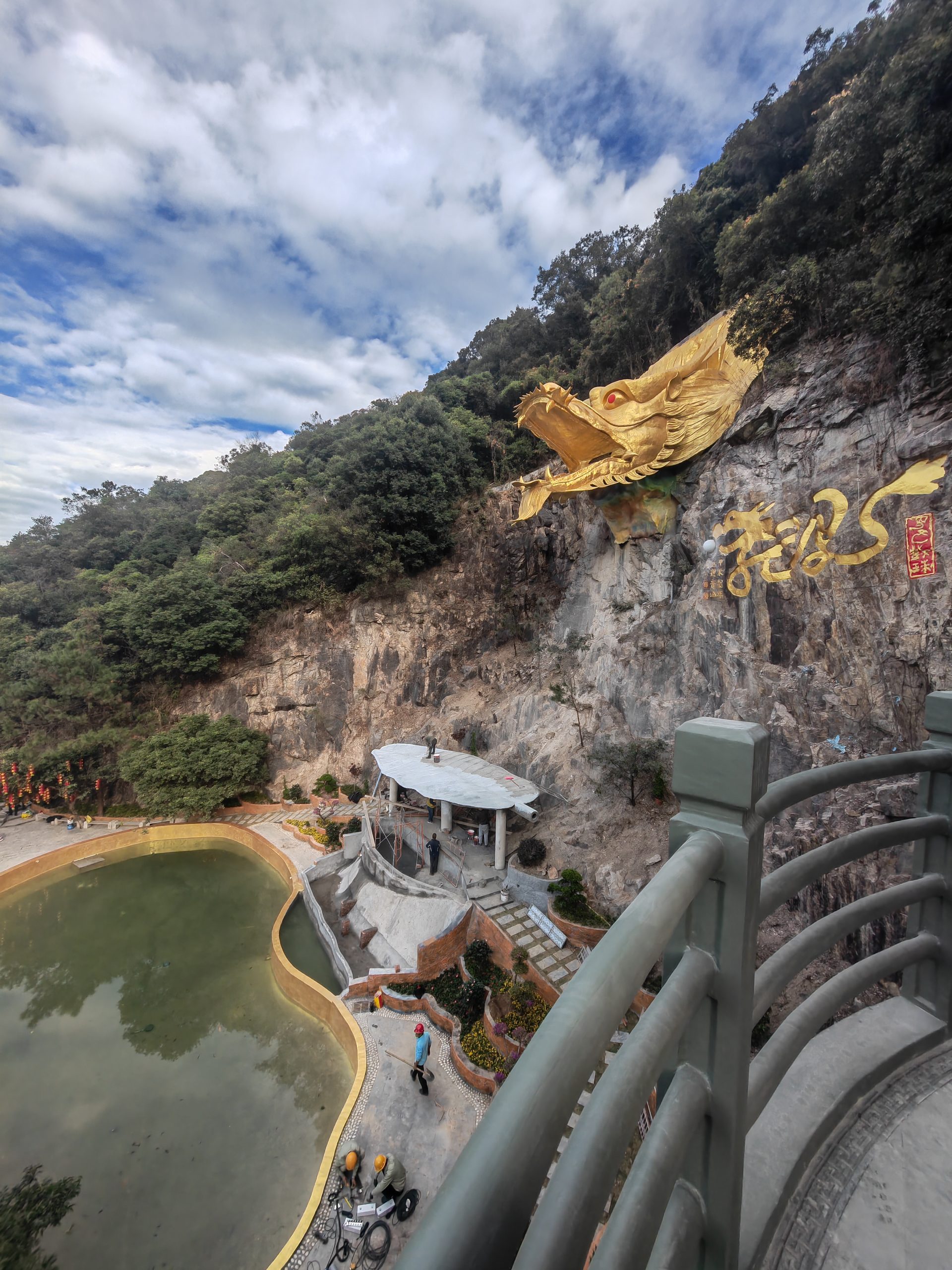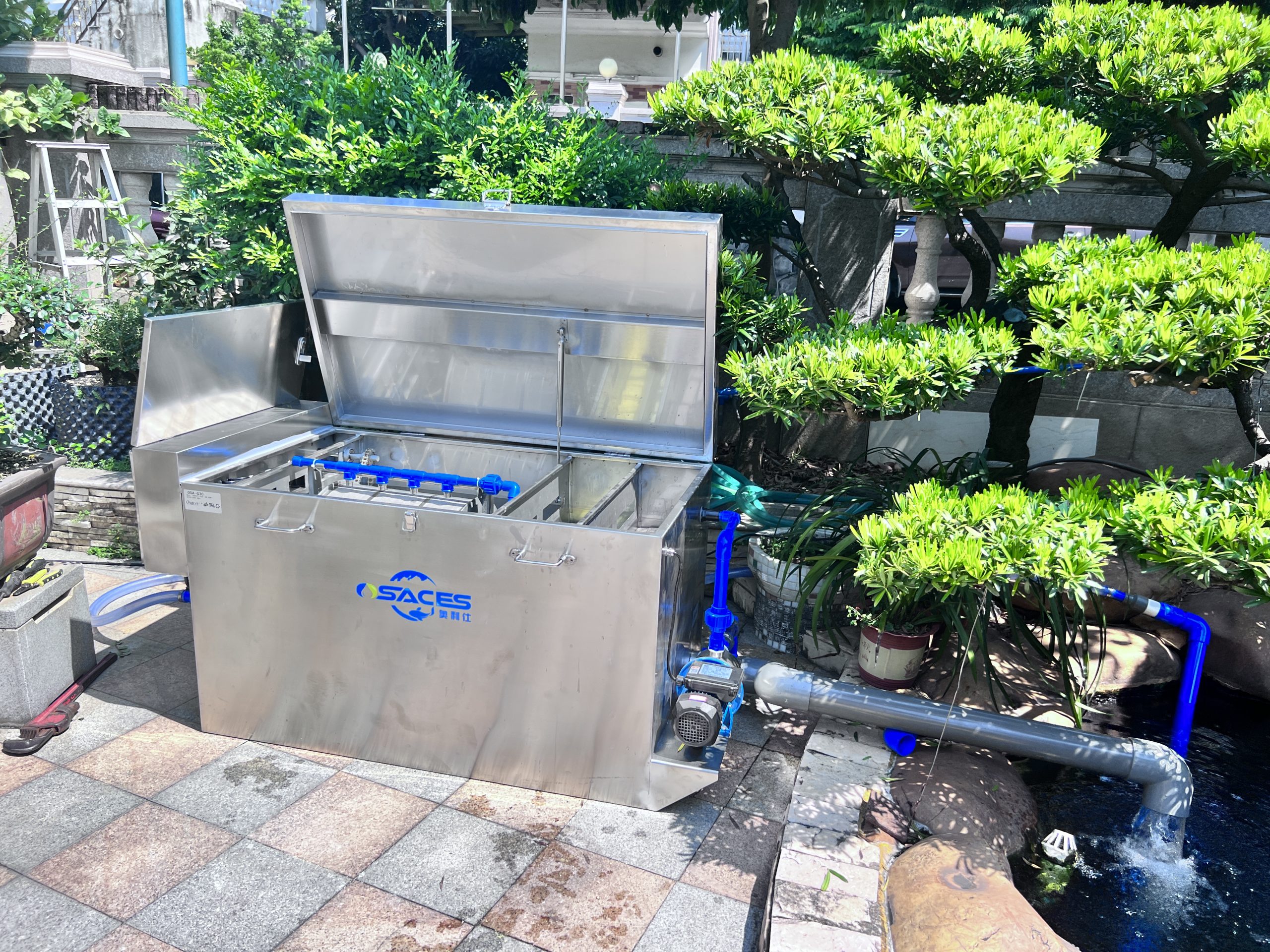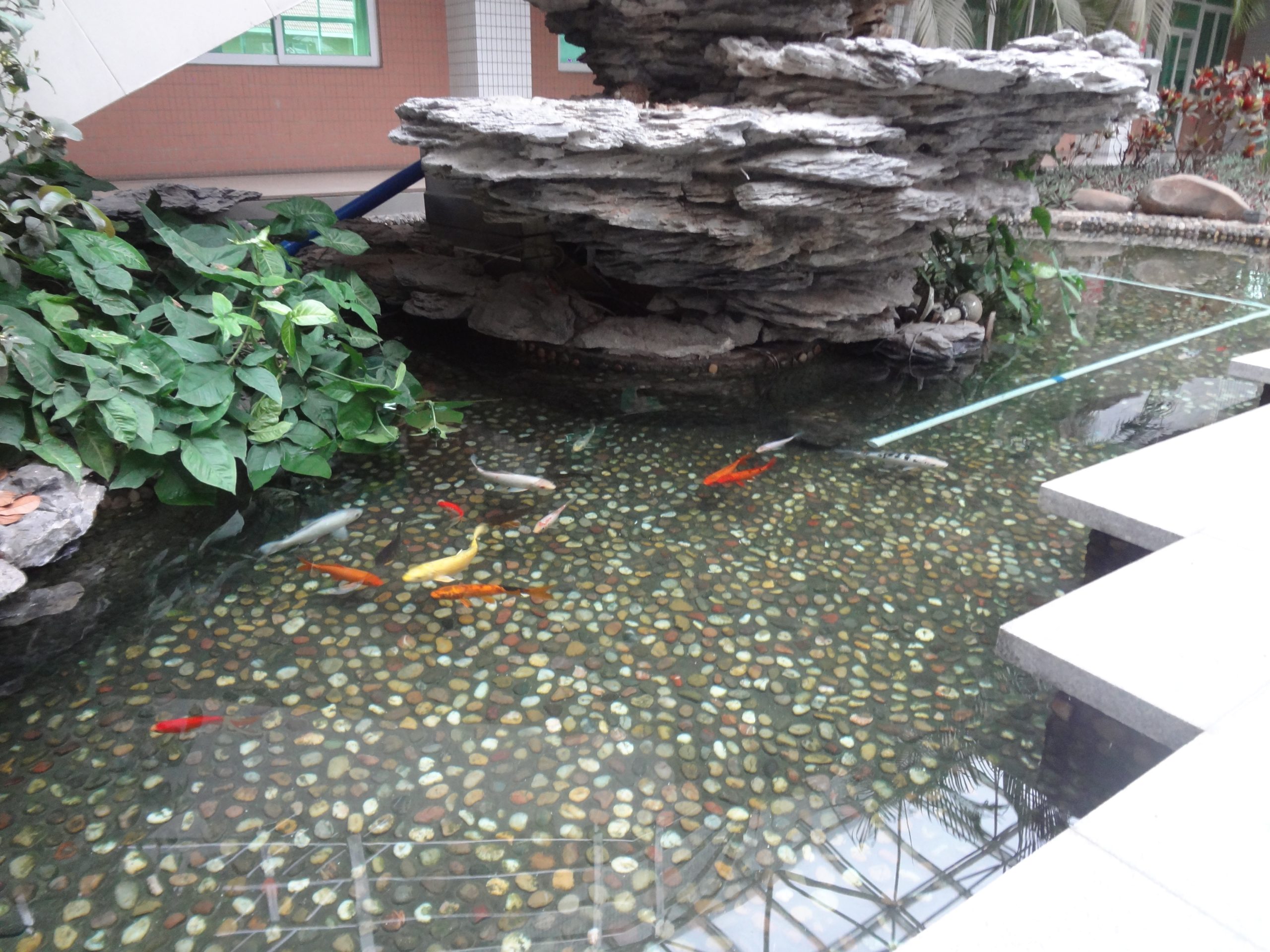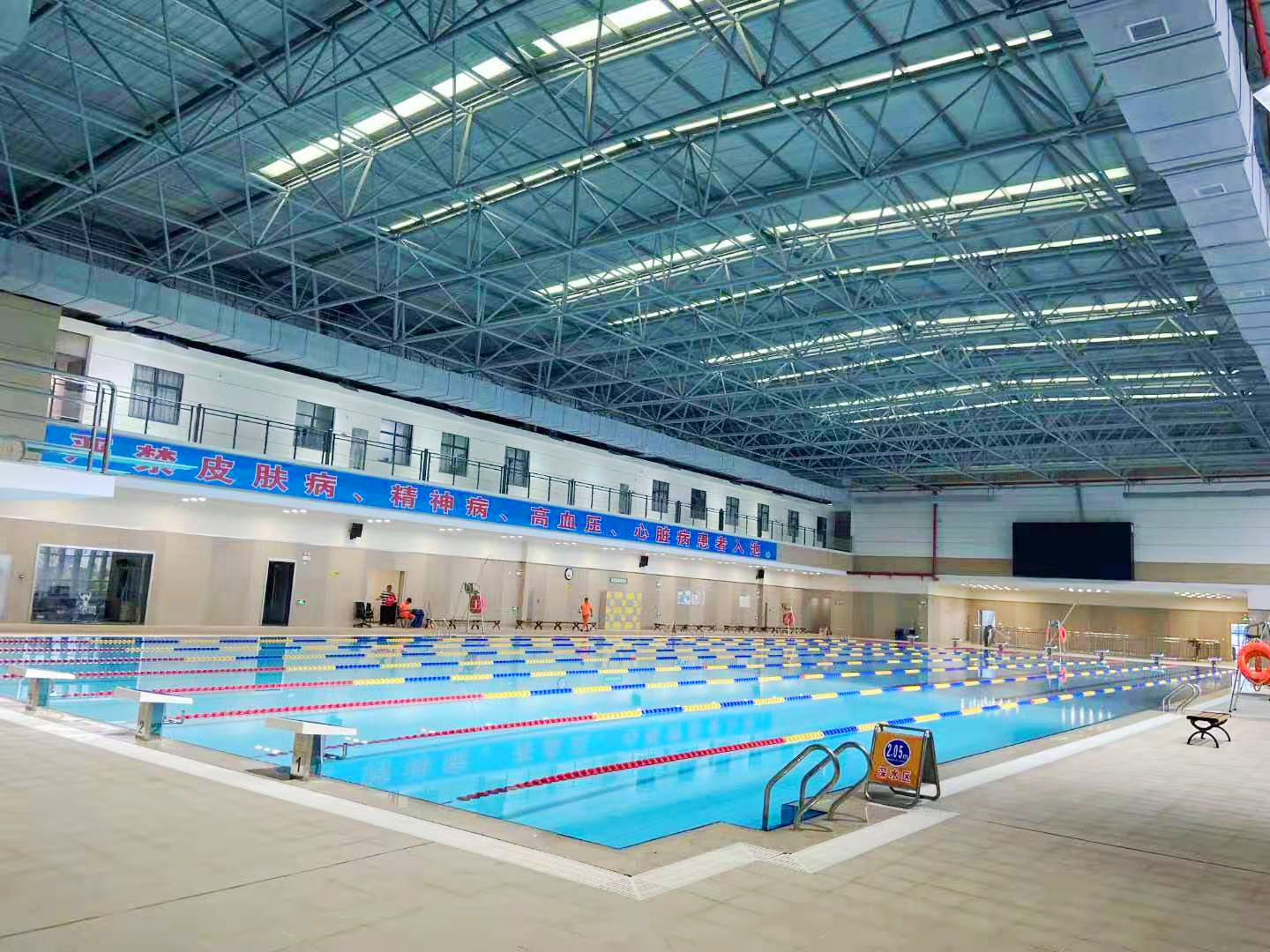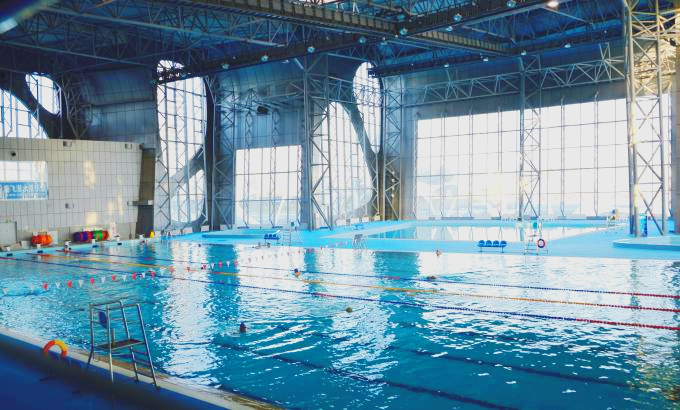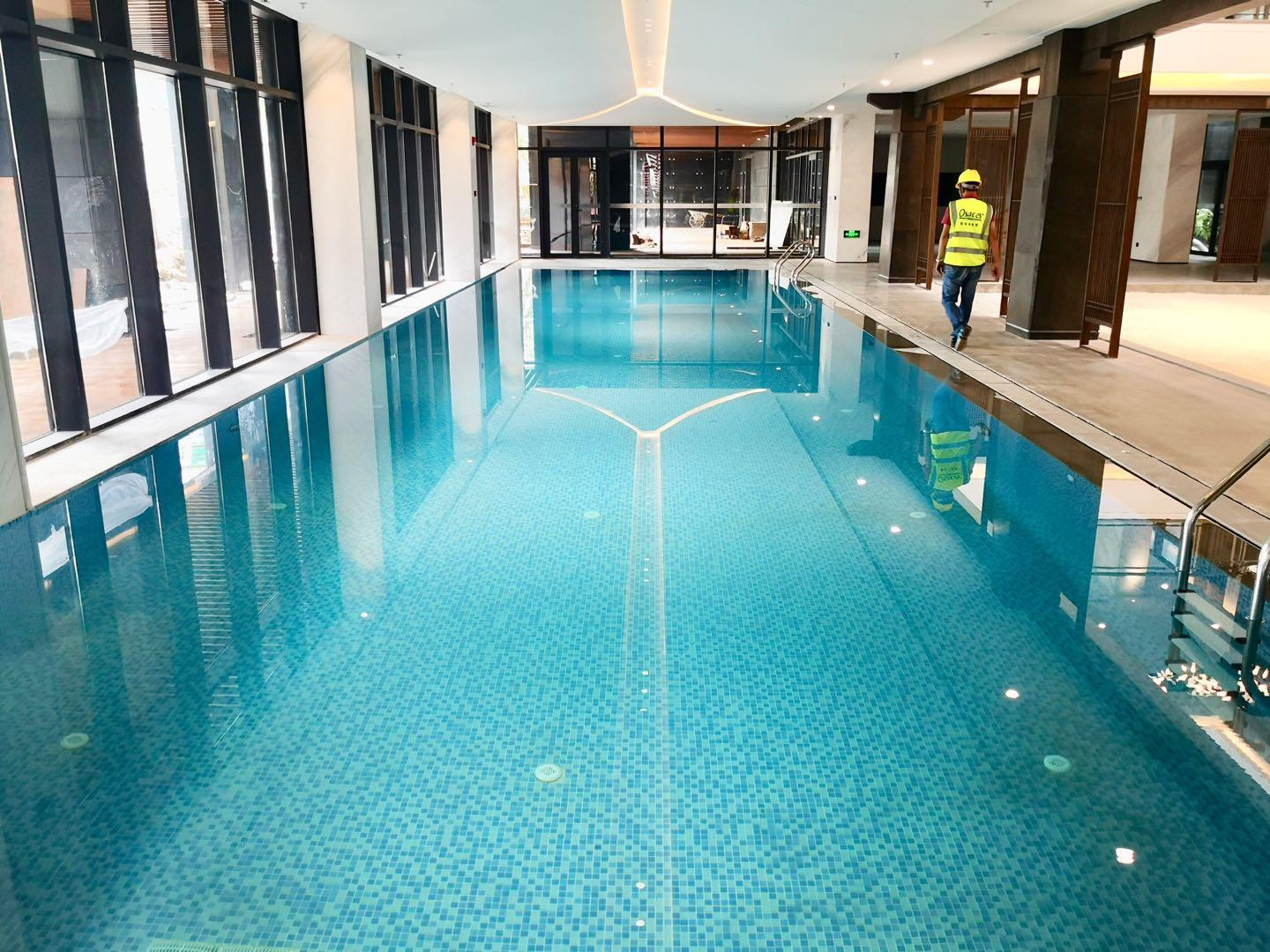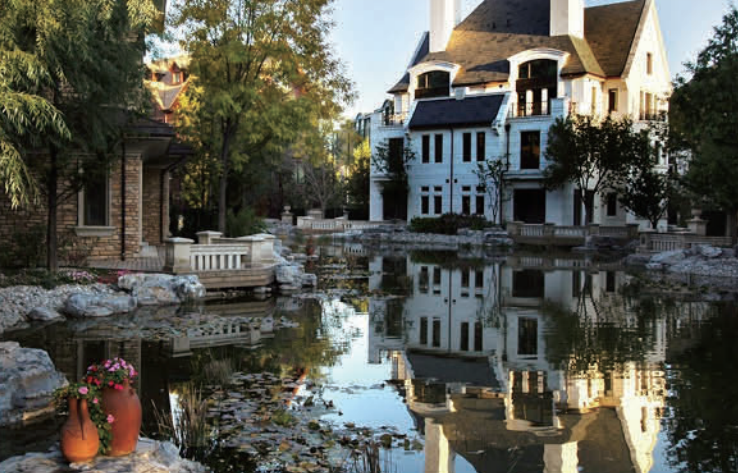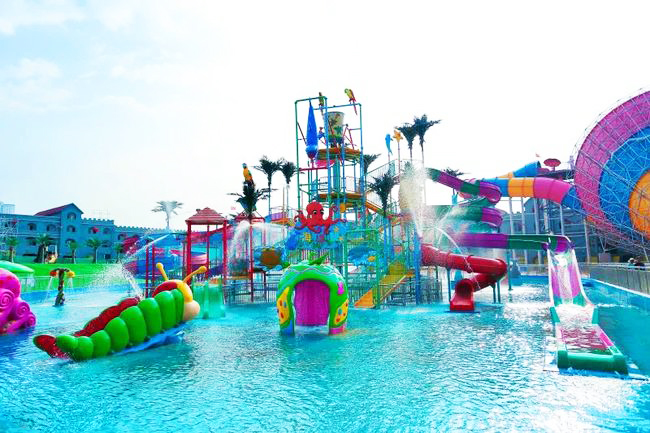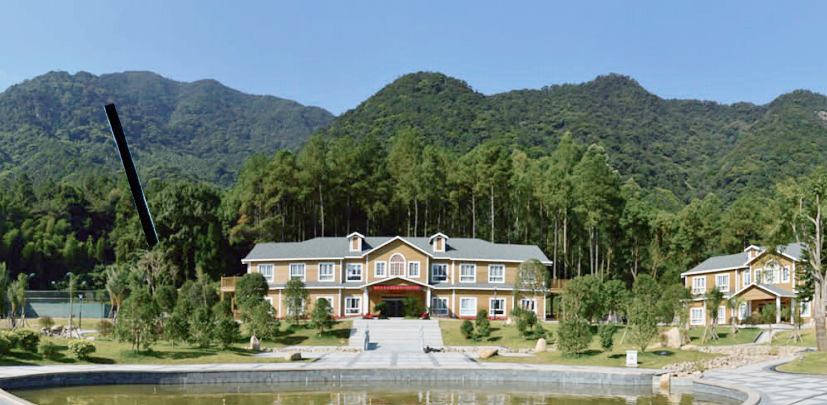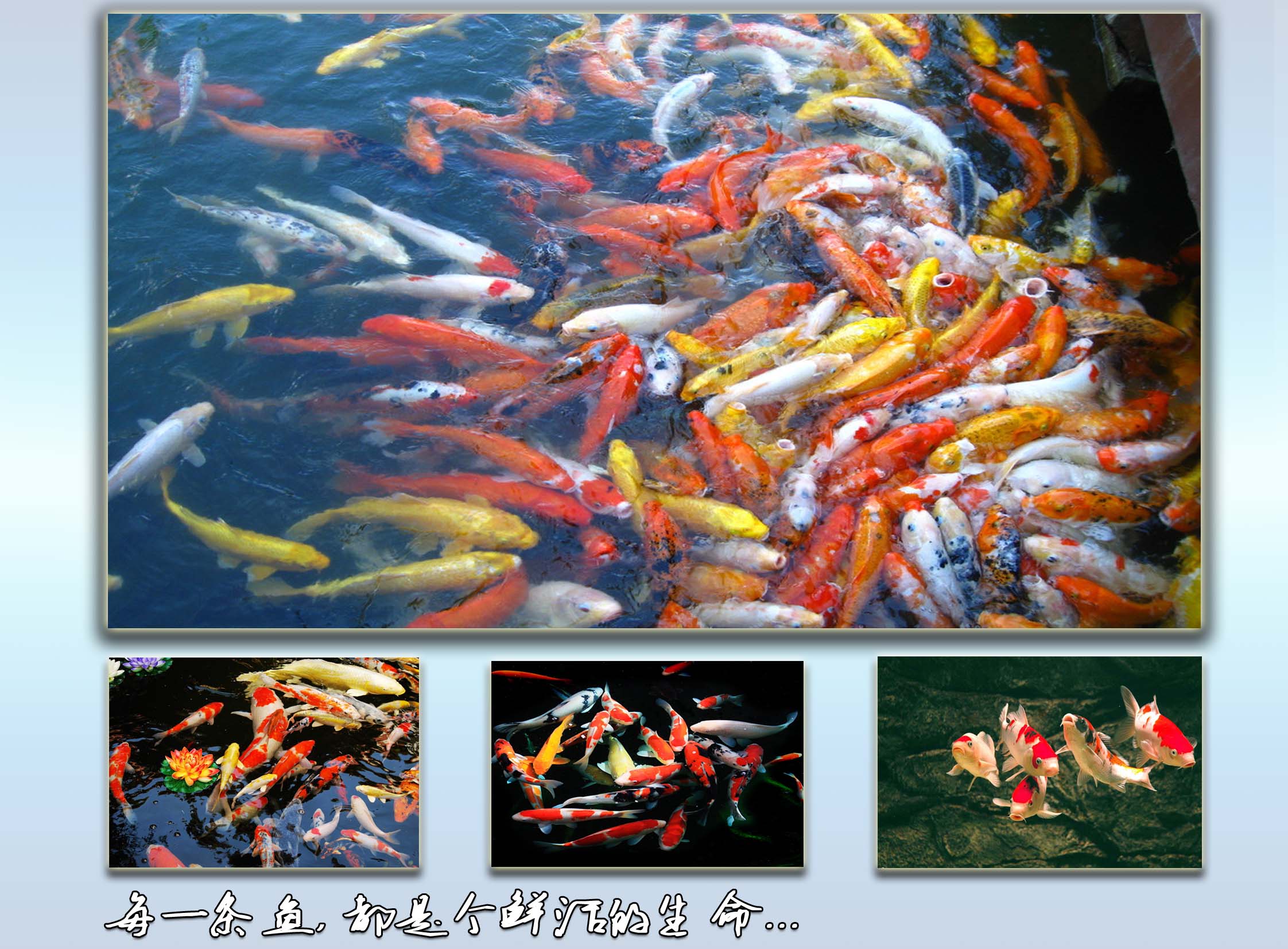common problems
contact details
 Ollies (Guangzhou) Recreation and Sports Equipment Co.
Ollies (Guangzhou) Recreation and Sports Equipment Co.Tel: (020) 82686289
Fax: 020-82694853
Headquarter: No.31-37, Xincun 2 Road, Shangjiang North Street, Dongzhou Village, Xintang Town, Zengcheng City, Guangzhou, Guangdong, China
How to recognize good and bad koi pond water quality!
"Fish can't live without water." Fish live in a special water environment, the quality of water directly affects the success of aquaculture. We can measure the water quality of aquaculture water from two aspects: on the one hand, through the conventional water quality tests to measure the water body indicators are suitable for fish growth; on the other hand, through the color of the water "see" water quality.
1. Yellow-brown water (including brown water, brown-green water). The algae contained in this color of water are dominated by algae of the phylum diatoms and green algae. Diatoms are high-quality bait for many aquatic animals and their larvae. When diatoms bloom, the color of the water body is yellowish brown, which is a good color for fish farming.
2. Yellow-green water, grass-green water. This color of the water contained in the algae mainly to the green algae phylum of algae, such as coccolithophores, neponema, polymorphous algae and other algae. In general, the growth of green algae in the water body color is yellowish green, green algae breeding more water color is bright green. Green algae can absorb a lot of nitrogen fertilizer, play a role in purifying the water body, so the green algae-based water body is more stable, is the desired color of the water breeders.
Both of the above water colors have better water quality, and the phytoplankton contained in the water body are generally the types that are easily digested by fish, so care should be taken to maintain them. Diatoms are weakly adaptable to changes in the water column. When there are big changes in the water environment, diatoms will die in large numbers and the water color will change accordingly. Green algae have stronger adaptability to changes in the water environment, but pay attention to the water color is too green (such as dark green) when the water color is old. At this time, we need to change the water in time or add new water or use chlorine to control the number of green algae in the pool water by splashing the whole pool.
3. Black-green water. This water color of the water body in the hotter weather, the pond is often floating downwind of a layer of green film, which indicates that more phytoplankton in the water body. Phytoplankton growing in the water body to the bare algae algae (such as dinoflagellates, spiny sacs bare algae, etc.) is the main, which is not easy for fish to digest the algae species.
4. Reddish brown water. Pool water in the sunlight is reddish brown, and algae in the water distribution is not uniform, into a group of strands. This color of the water body contains a large number of algae algae, such as bare algae, algae, etc.. When they multiply the water color is soy sauce color, is a sign of bad water quality.
5. Emerald green water. When the color of the water body is emerald green, the transparency of the water body is reduced. When the water temperature rises, in the pond around (especially in the downwind) on the surface of the water floating a layer of emerald green floating film. This color of the water body often contains a large number of cyanobacteria (the main types of algae such as Microcystis aeruginosa, Microcystis indeterminate), the color of the water is a sign of aging water quality.
All 3 of these water colors are not good because most of the algae contained in the water body are species that are not easily digested by fish. When these algae multiply, the dissolved oxygen in the water body decreases and the transparency decreases. When these algae die in large numbers, they release a large amount of toxic substances into the water body, paralyzing the central nervous system of the fish, and in serious cases, causing the death of the fish. Therefore, when the water body is found to appear in the above three kinds of water color, copper sulfate should be used immediately, so that the concentration of copper sulfate in the pool water reaches 0.5 micrograms of water after splashing the whole pool, or according to the actual situation in the downwind with copper sulfate, so that the concentration of copper sulfate in the pool water reaches 0.7 micrograms of water after splashing the pool half of the pool to kill the algae, and will be pumped out of the bottom of the pool water, in order to avoid harm to the fish.
6. Grayish-white water. Zooplankton (e.g. rotifers, branchiopods, copepods, etc.) are more abundant in this color of water, and they are high-quality bio-type baits for fish fry in the pond. In the middle and late stages of fish culture, these zooplankton are no longer needed in the pond. When the reproduction of these zooplankton reaches a high density, they will compete with the fish for oxygen, which will easily cause the fish to float, and also affect the normal feeding and growth of the fish. Therefore, they should be killed with drugs around the fish pond, and then apply some inorganic fertilizer to fertilize the water according to the actual situation.
Related content
- Homeostatic regulation of fish pond water quality: a systematic solution based on nitrification kinetics and nutrient thresholds
- Koi Pond Maintenance and Protection Guide during the Rainy Season | The Veteran Driver's Handbook of Dampness and Disease Prevention
- Pool water circulation system maintenance guide, goodbye to cloudy water quality to create four seasons of translucent "liquid sapphire".
- From zero to professional: a complete guide to pool equipment configuration that even a beginner can understand
- The Golden Ratio of Swimming Pool Ventilation and Dehumidification Systems: The Balancing Act of Airflow, Humidity and Energy Consumption
- Specific benefits of dehumidifiers for new swimming pools
- Industrial solutions for fish pond water quality management: How to break through the bottleneck of traditional operation and maintenance of filtration systems?

